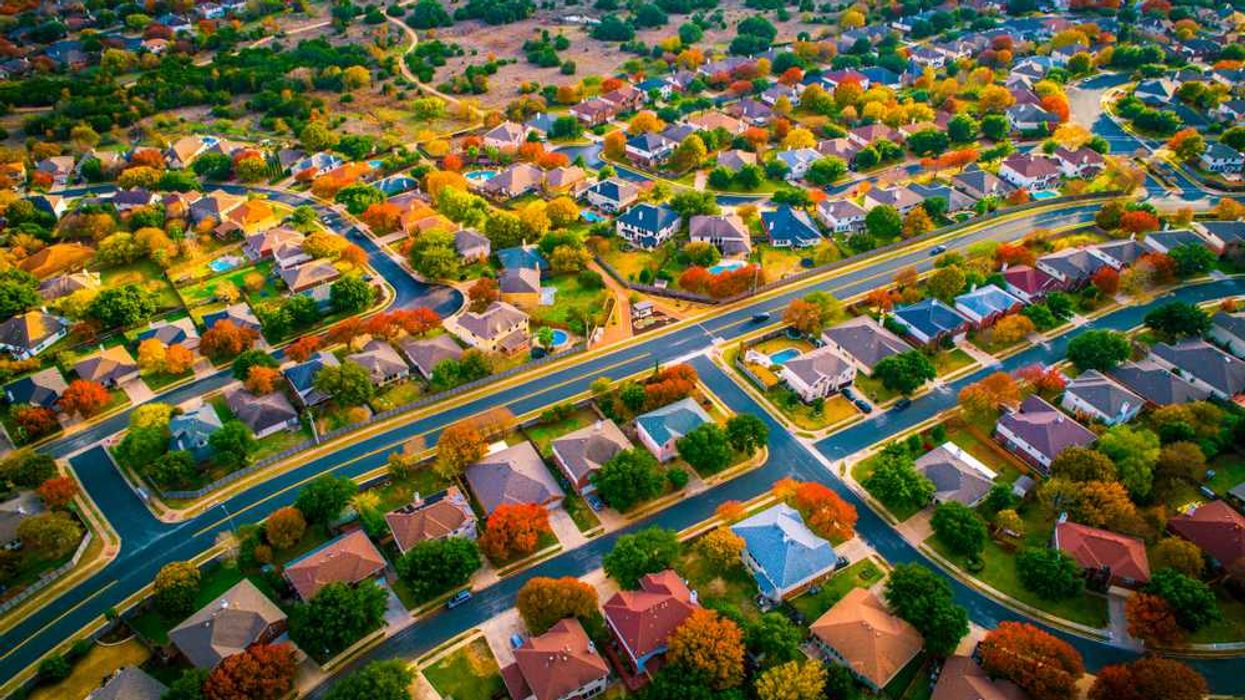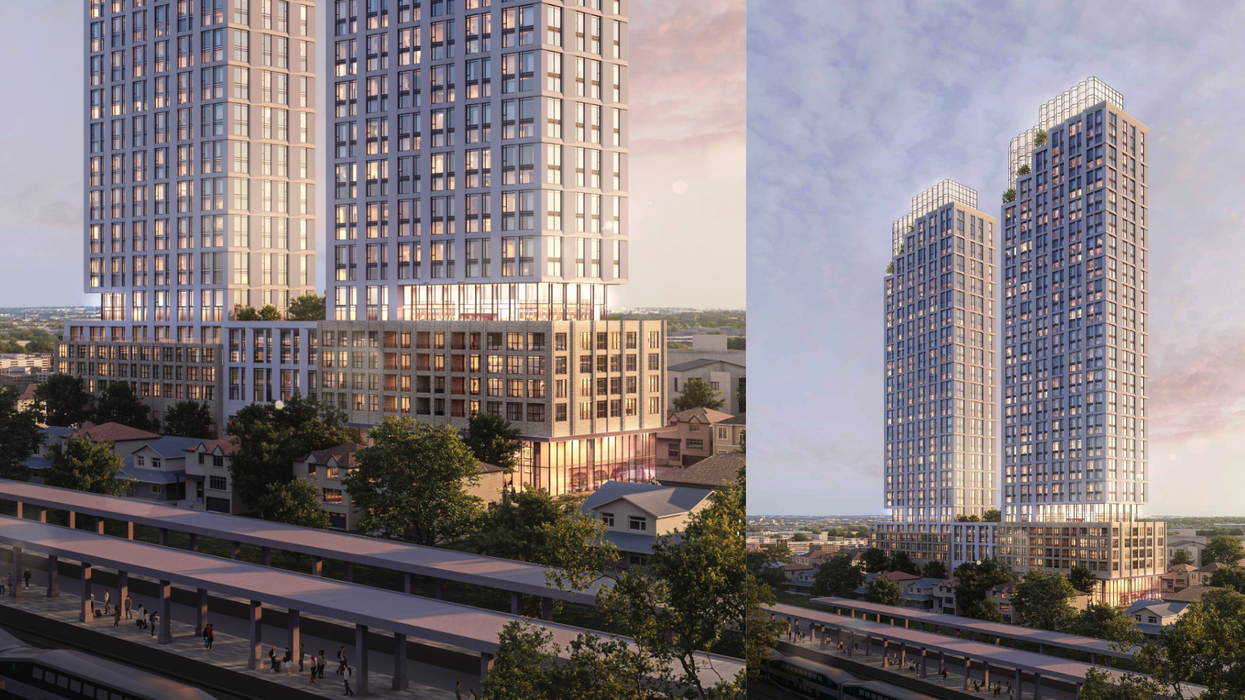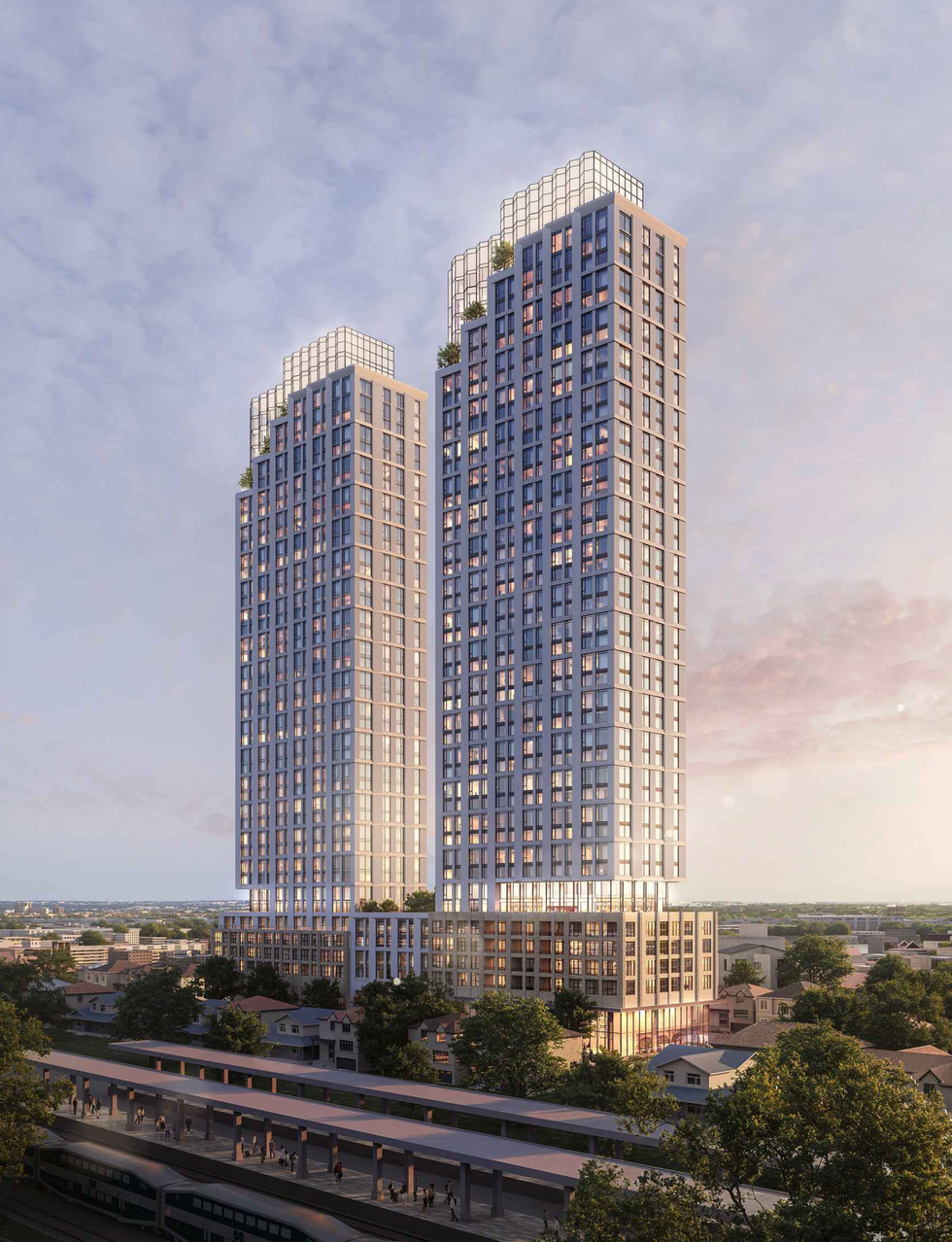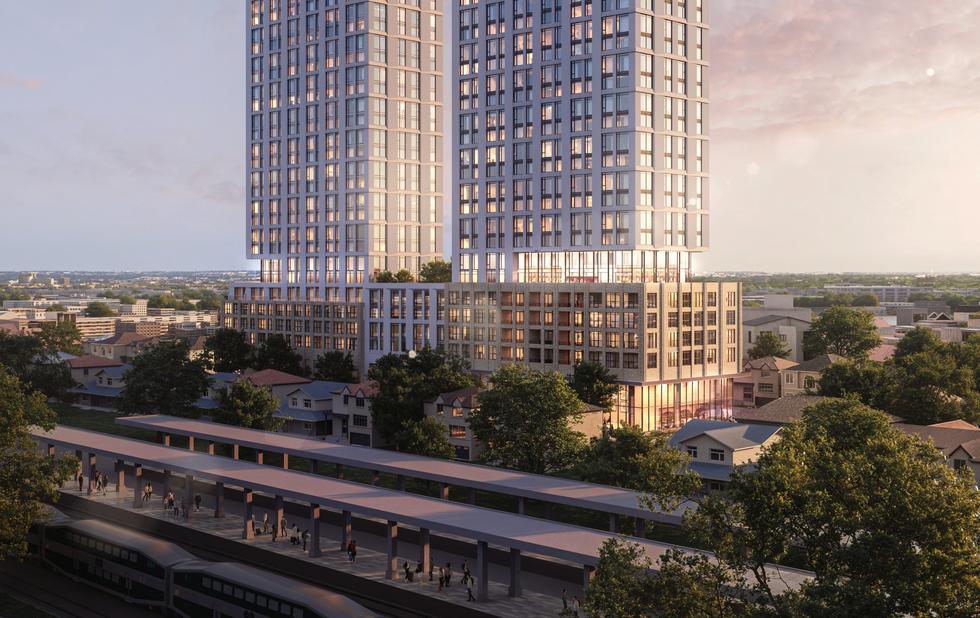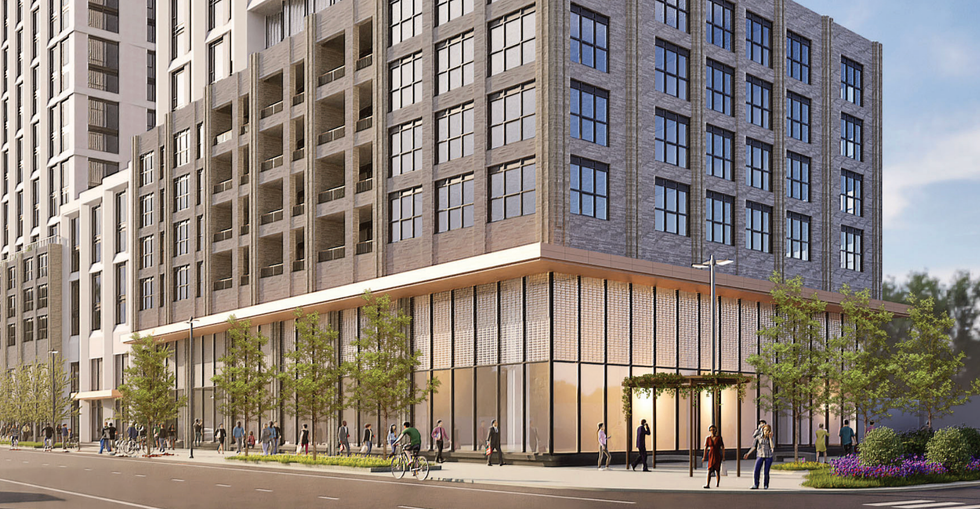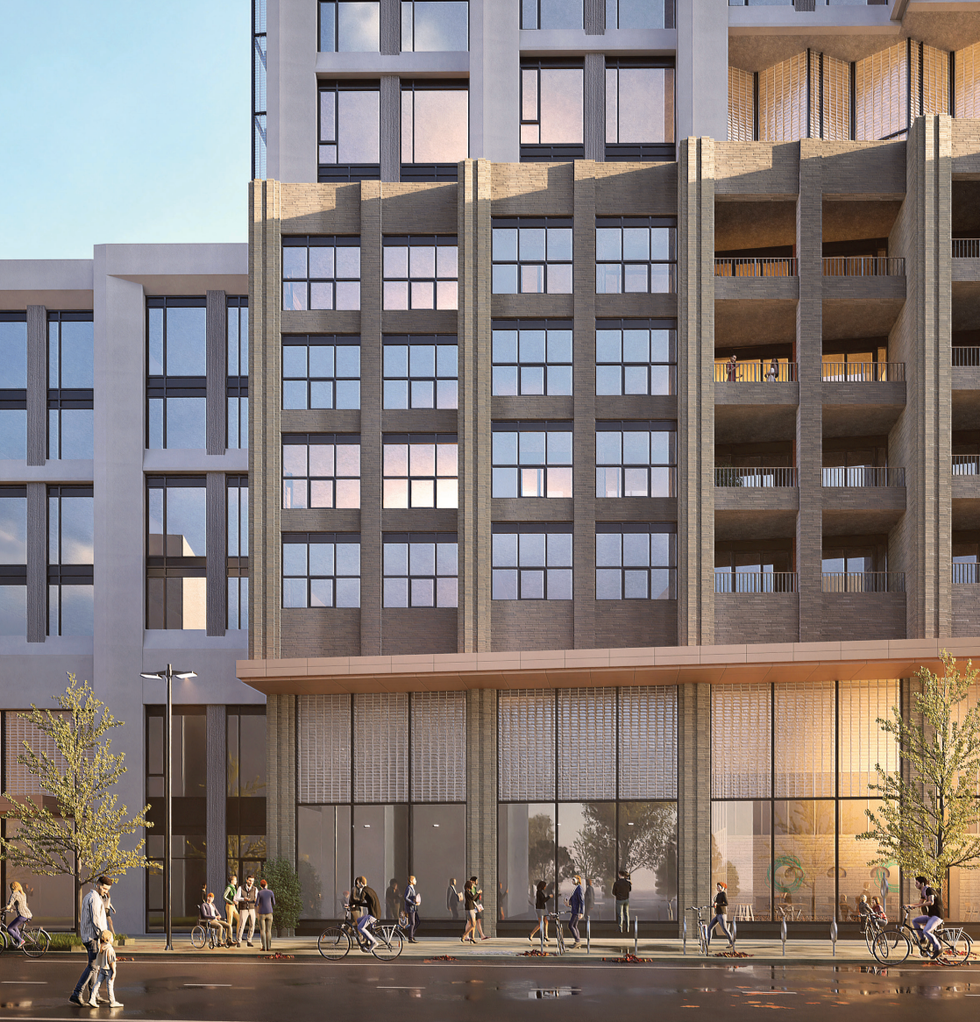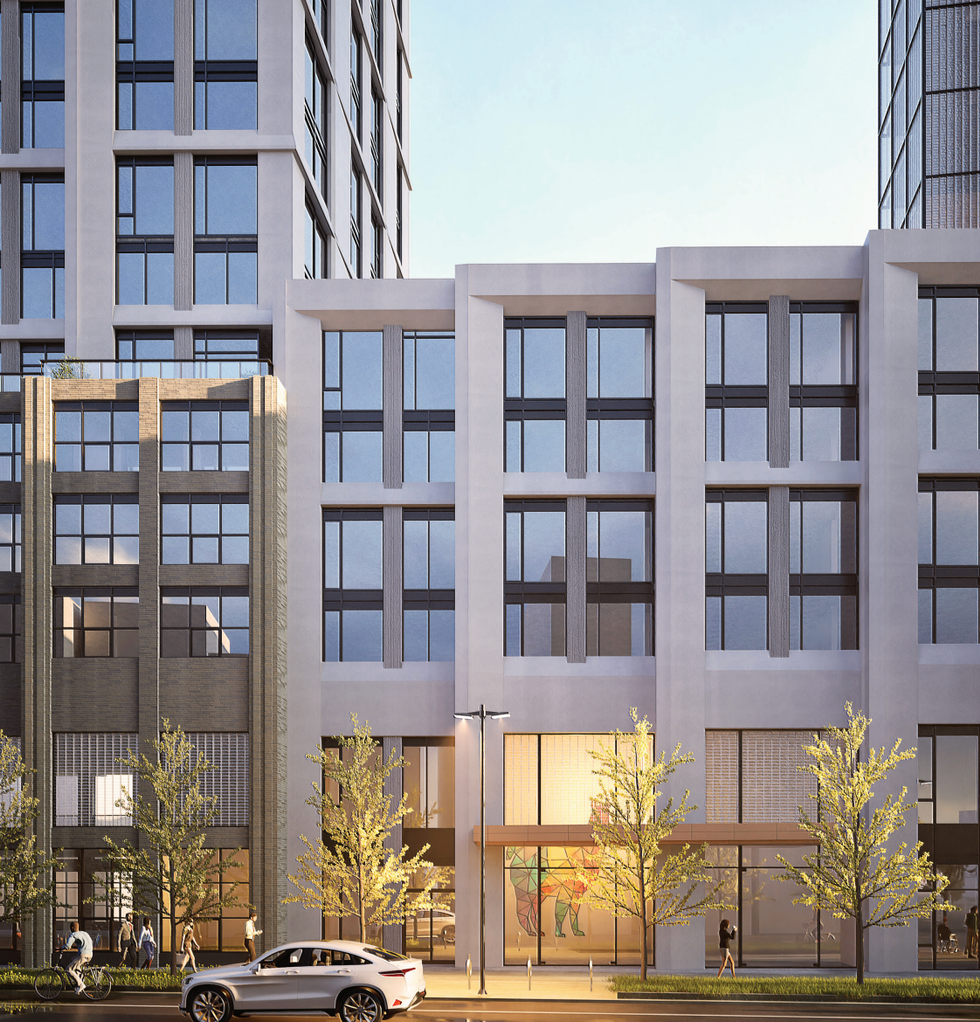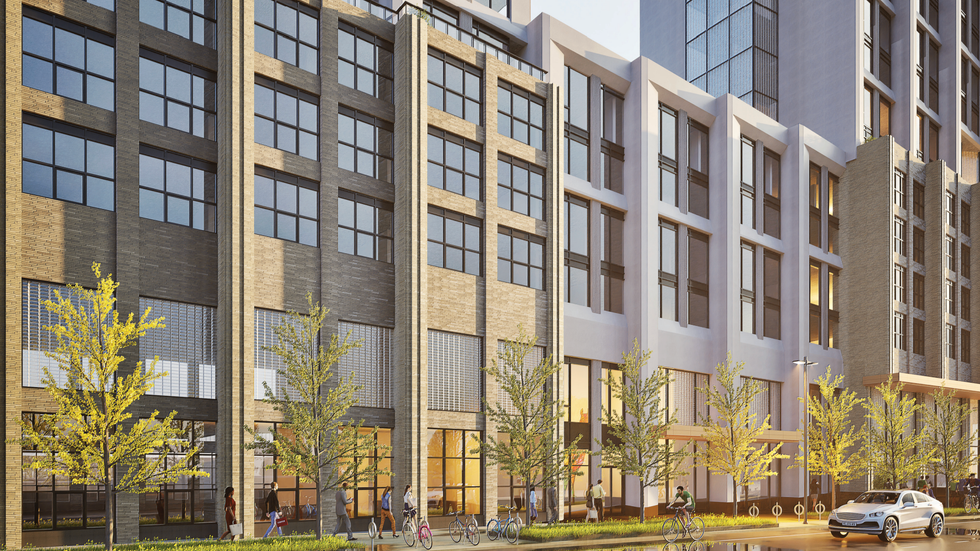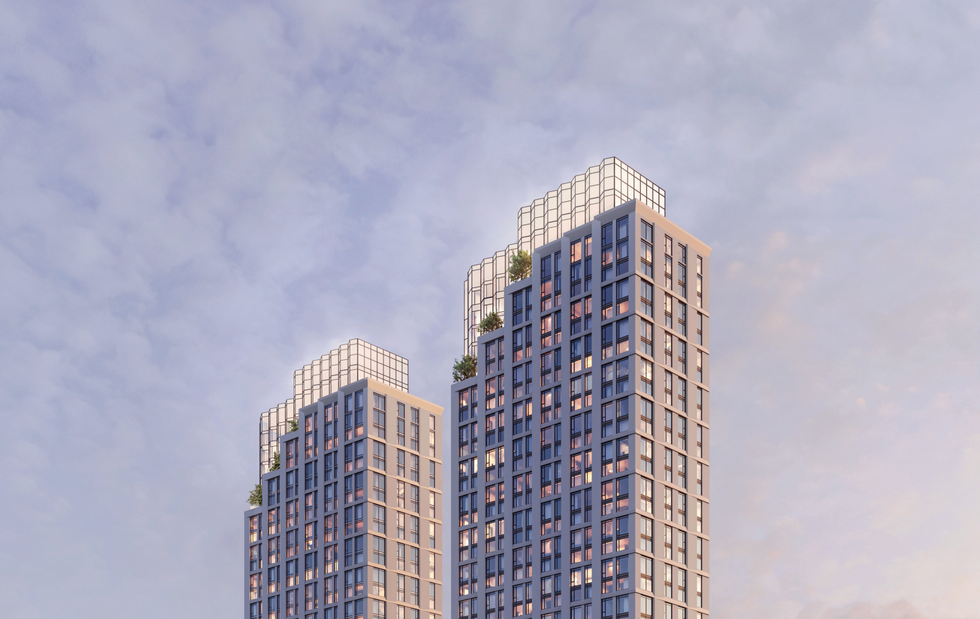Mortgage Trigger Rate
A mortgage trigger rate is the point at which fixed payments on a variable-rate loan no longer cover interest, requiring adjustments.
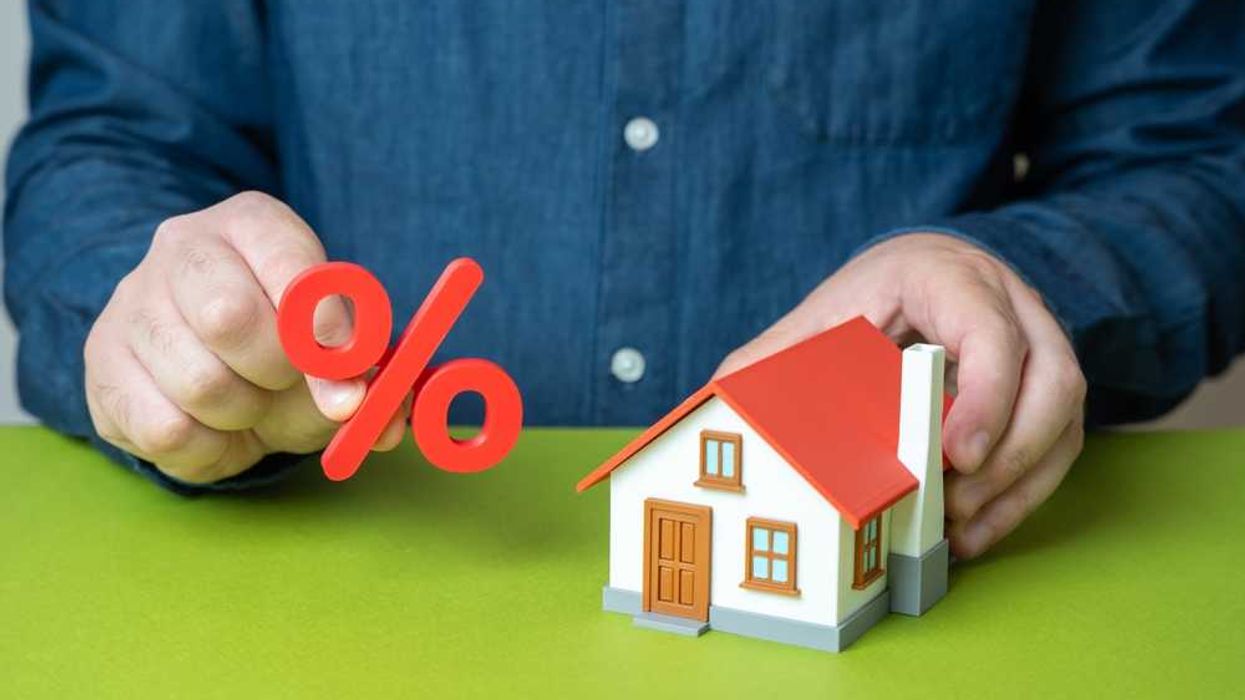
September 30, 2025
What is a Mortgage Trigger Rate?
A mortgage trigger rate is the interest rate level at which a borrower’s fixed payments on a variable-rate mortgage no longer cover the interest portion of the loan. At this point, the lender may require the borrower to increase payments or make a lump-sum contribution to avoid negative amortization.
Why Mortgage Trigger Rates Matter in Real Estate
Mortgage trigger rates matter in real estate because they protect lenders from erosion of principal repayment while signaling increased borrowing costs for homeowners. Borrowers with variable-rate mortgages must monitor rate changes to anticipate when adjustments may be required.
Example of Mortgage Trigger Rate in Action
A homeowner has a variable-rate mortgage with payments set at $2,000 per month. When interest rates rise, $2,000 is no longer enough to cover the interest portion, triggering the lender’s requirement for higher payments or a lump-sum payment.
Key Takeaways
- Trigger rate is when payments no longer cover interest.
- Applies to variable-rate mortgages with fixed payments.
- Lenders may require higher payments or lump sums.
- Protects lenders from negative amortization.
- Borrowers should track interest rate changes closely.
Related Terms
- Variable-Rate Mortgage
- Negative Amortization
- Mortgage Payment Adjustment
- Interest Rate Risk
- Amortization
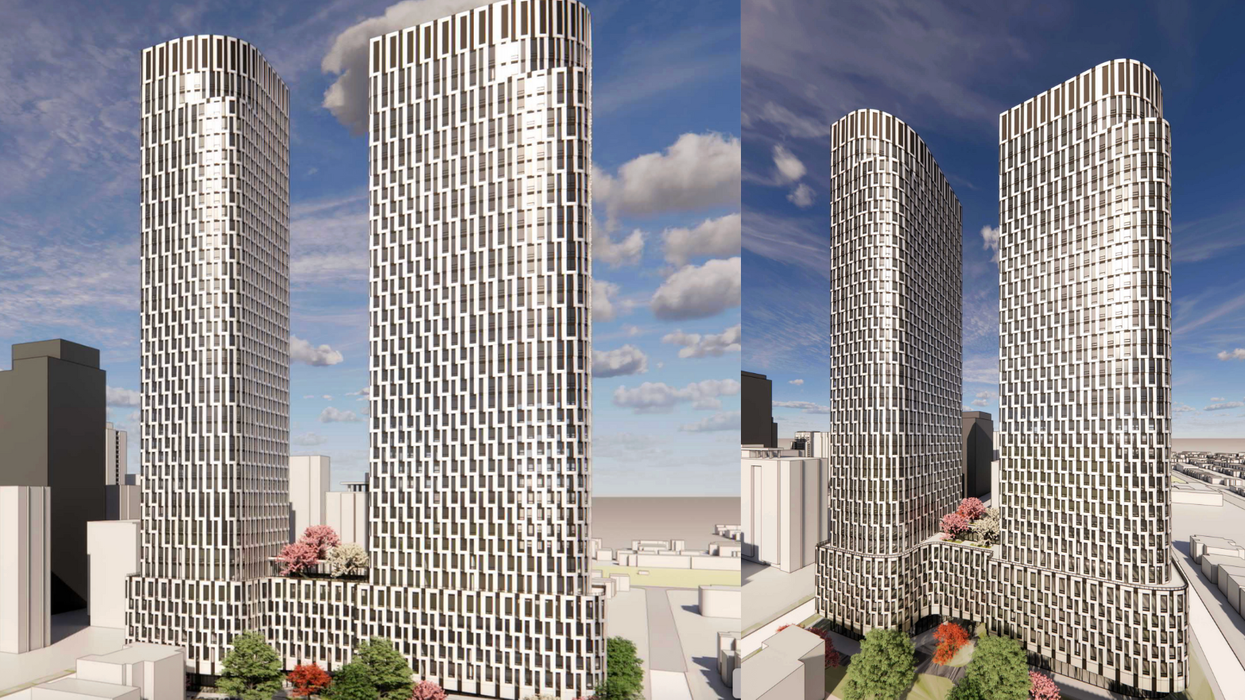
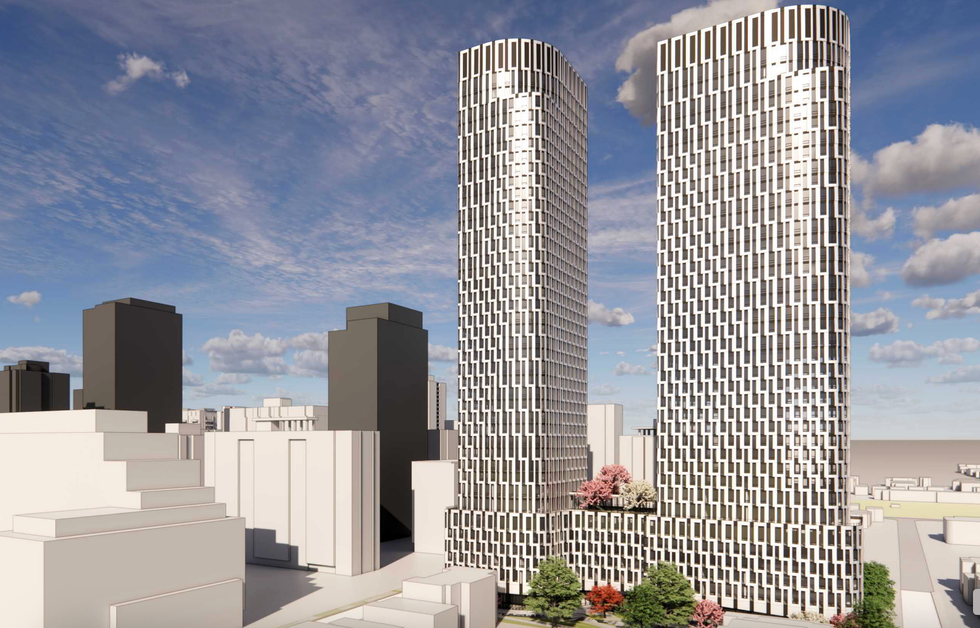

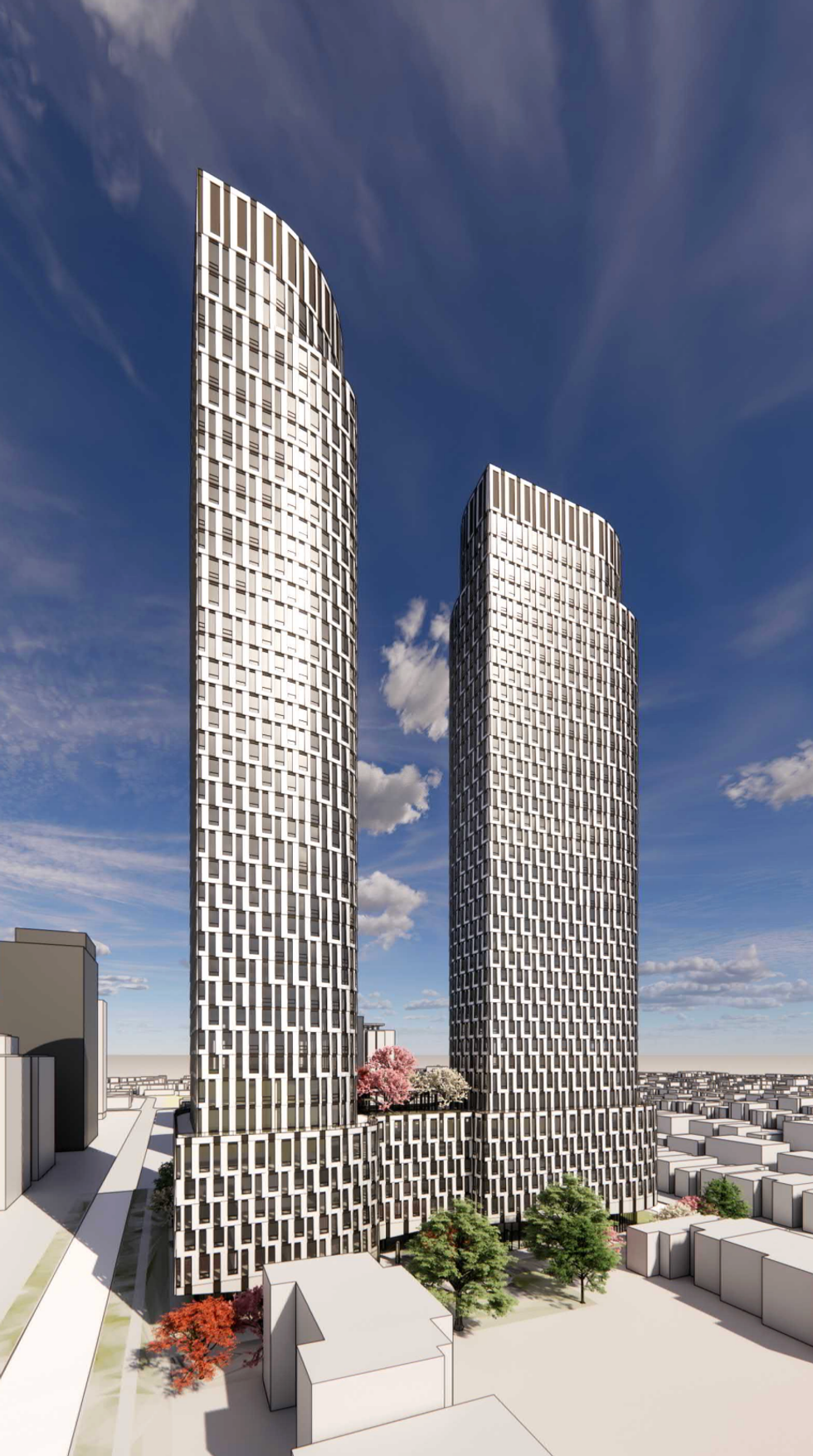
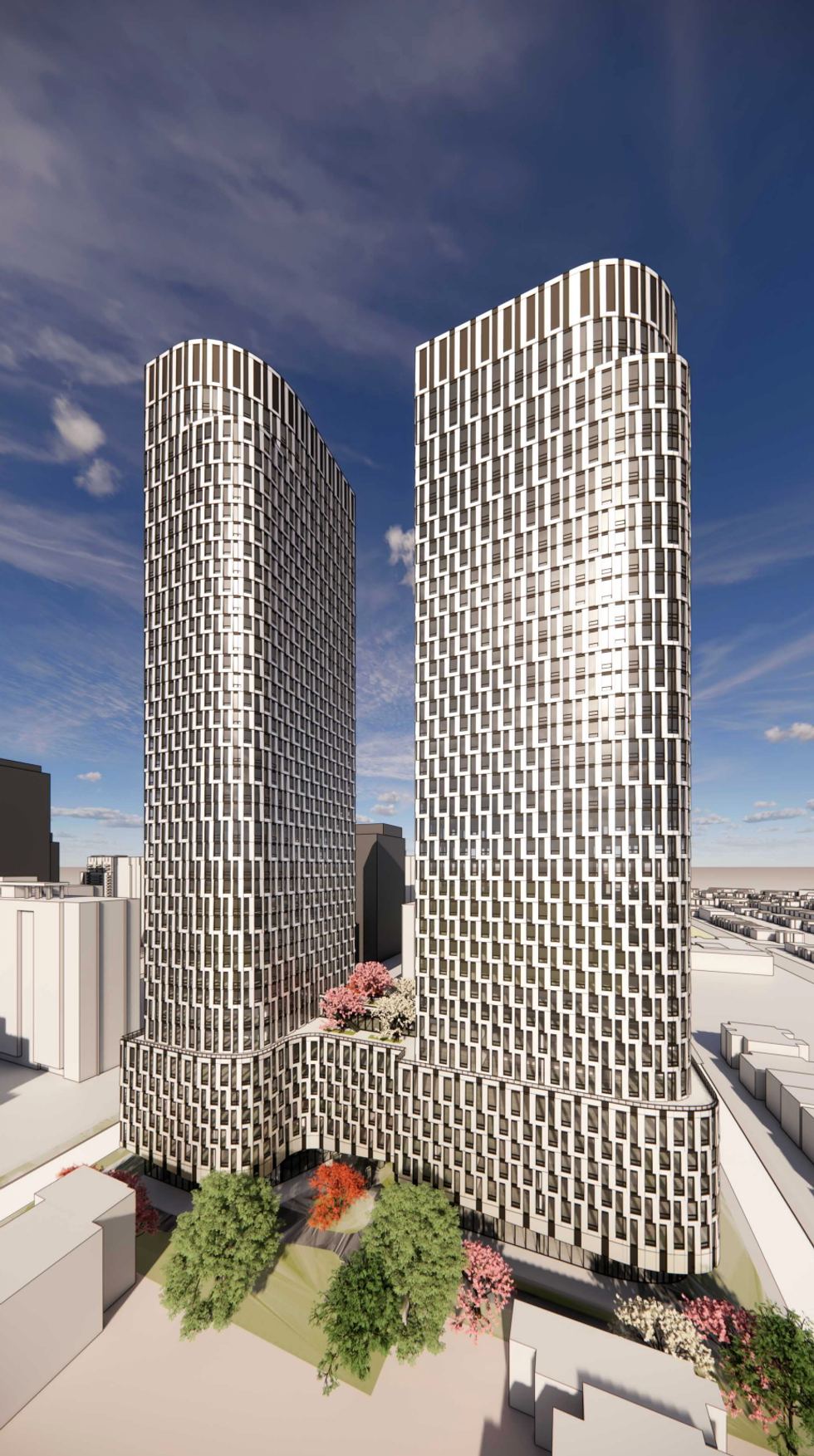
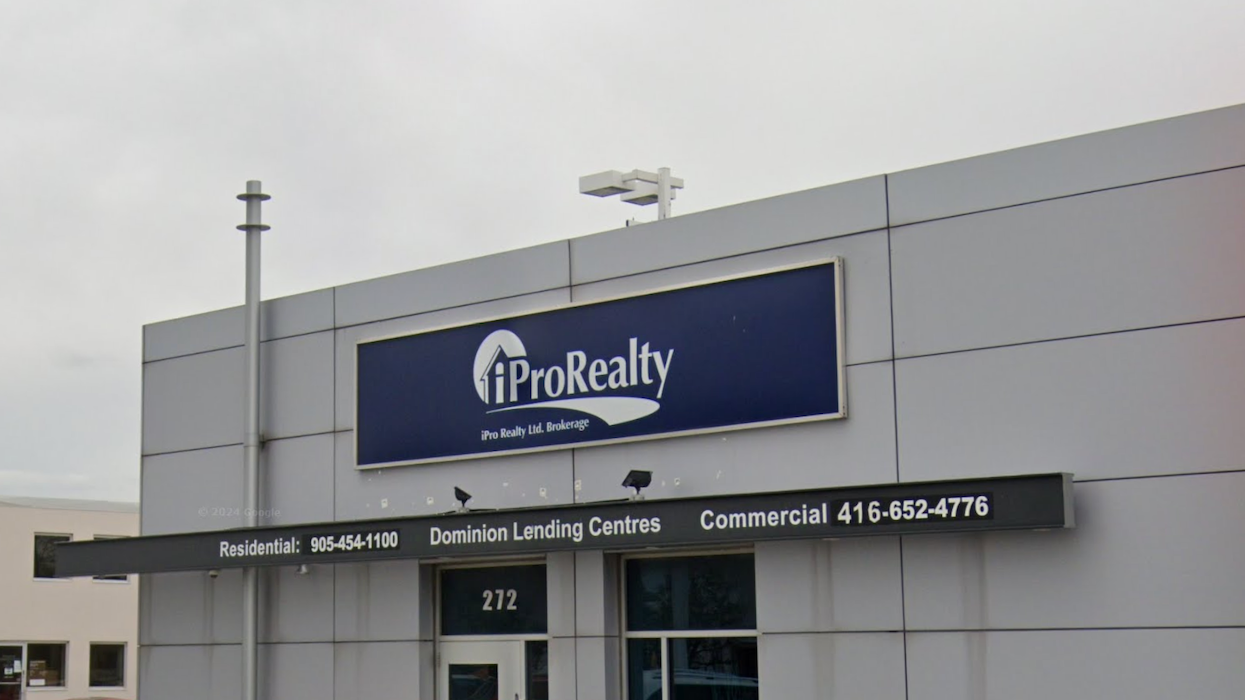

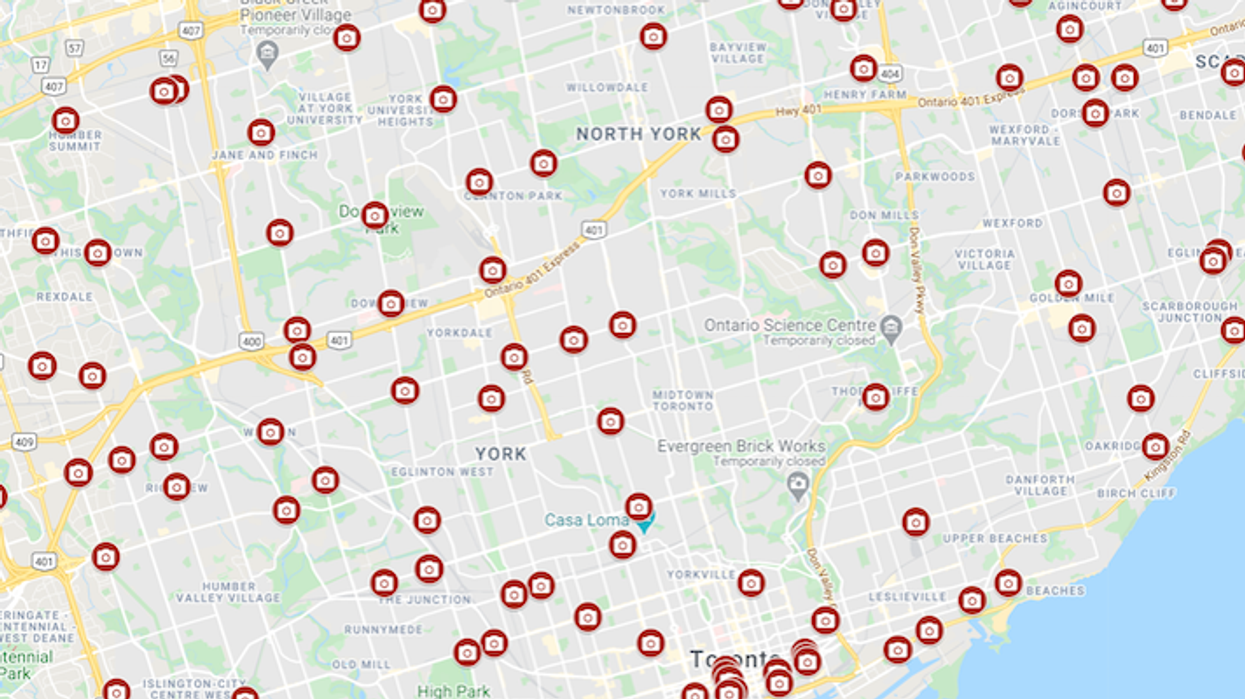
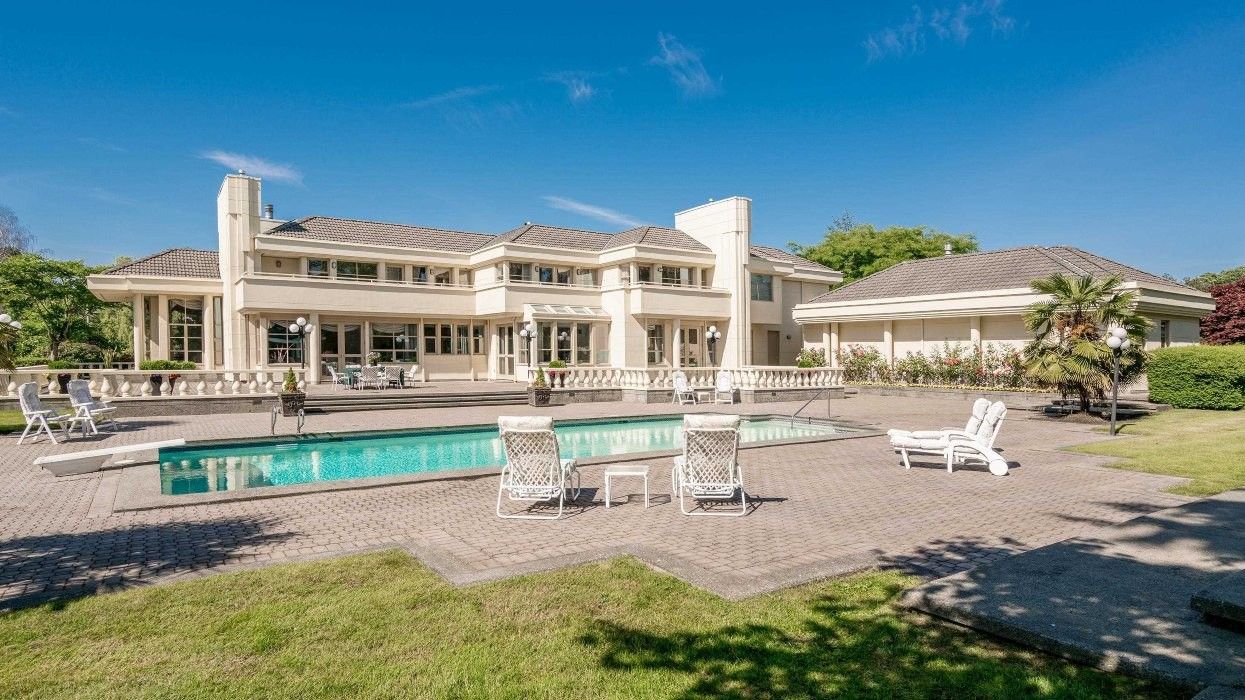
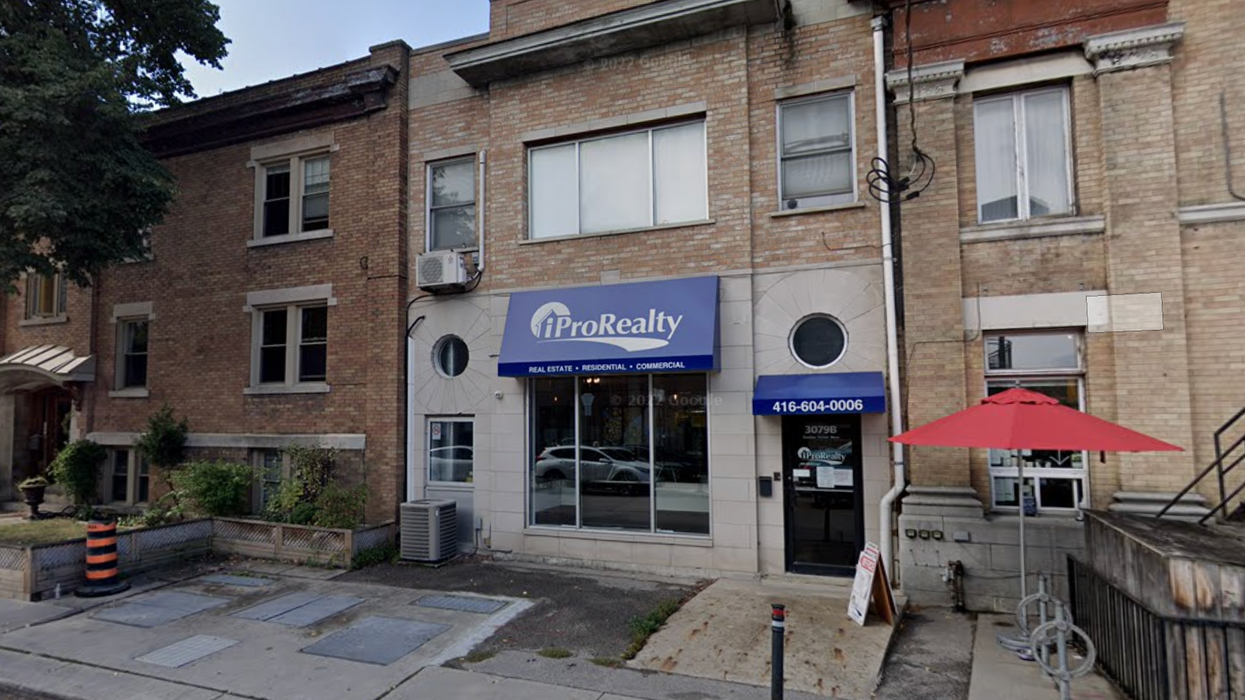
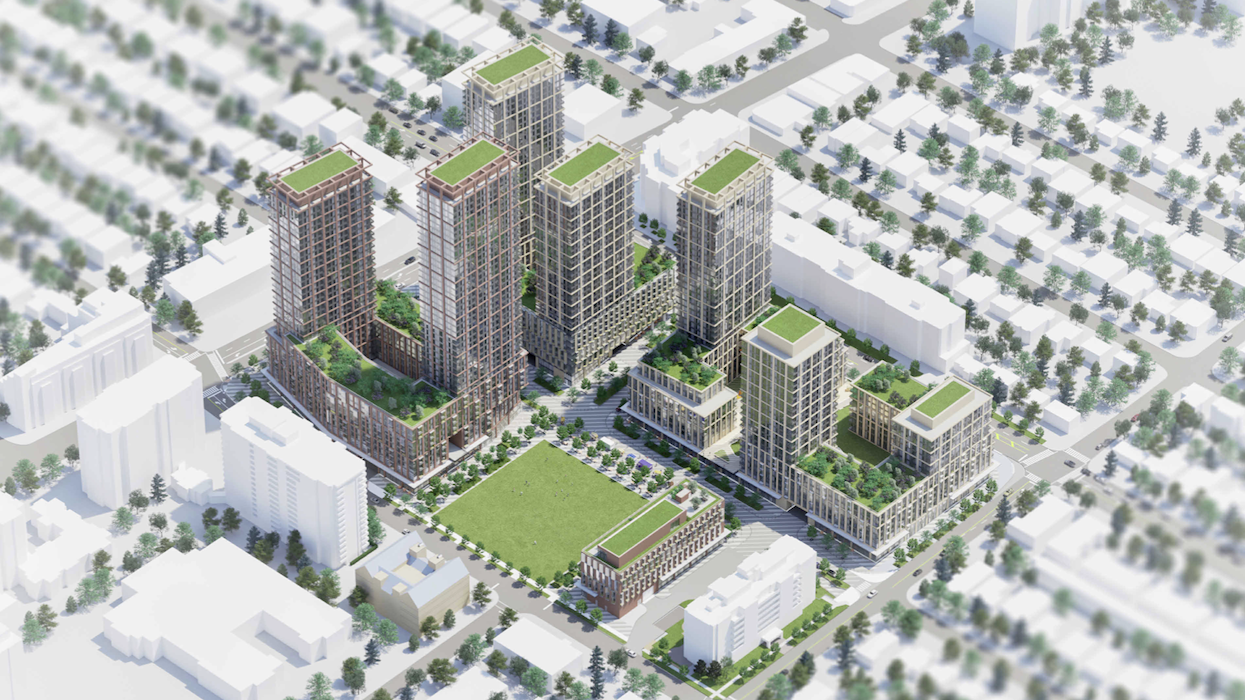
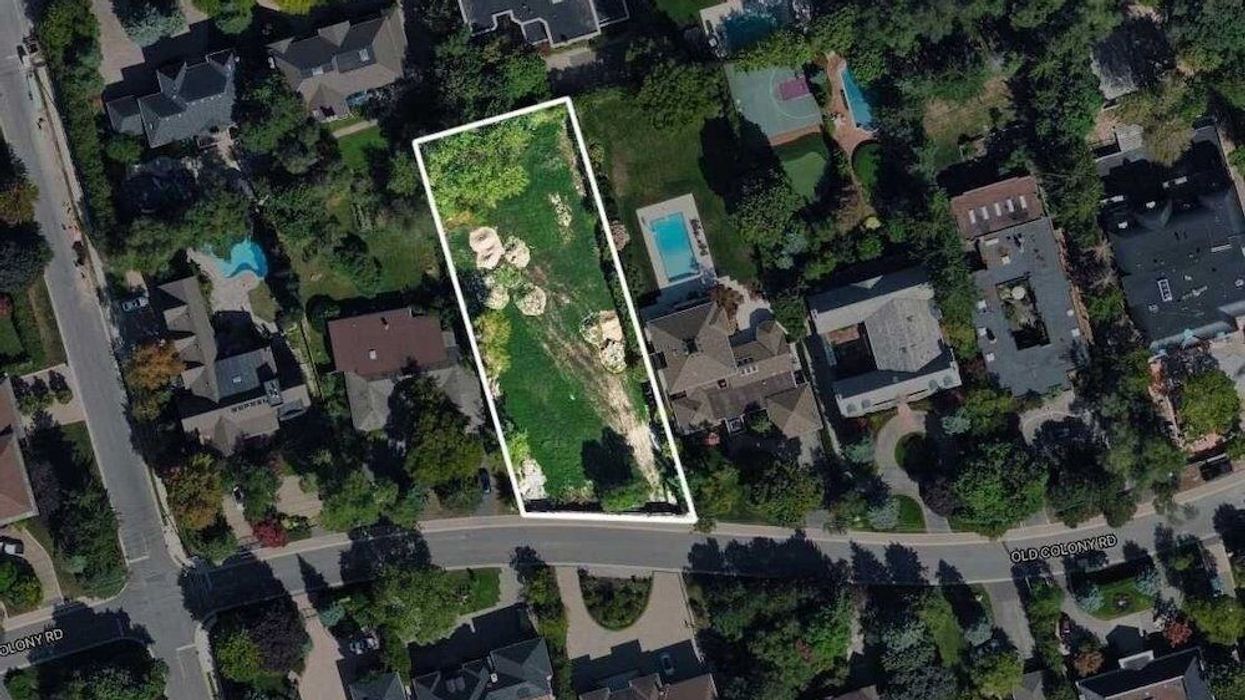
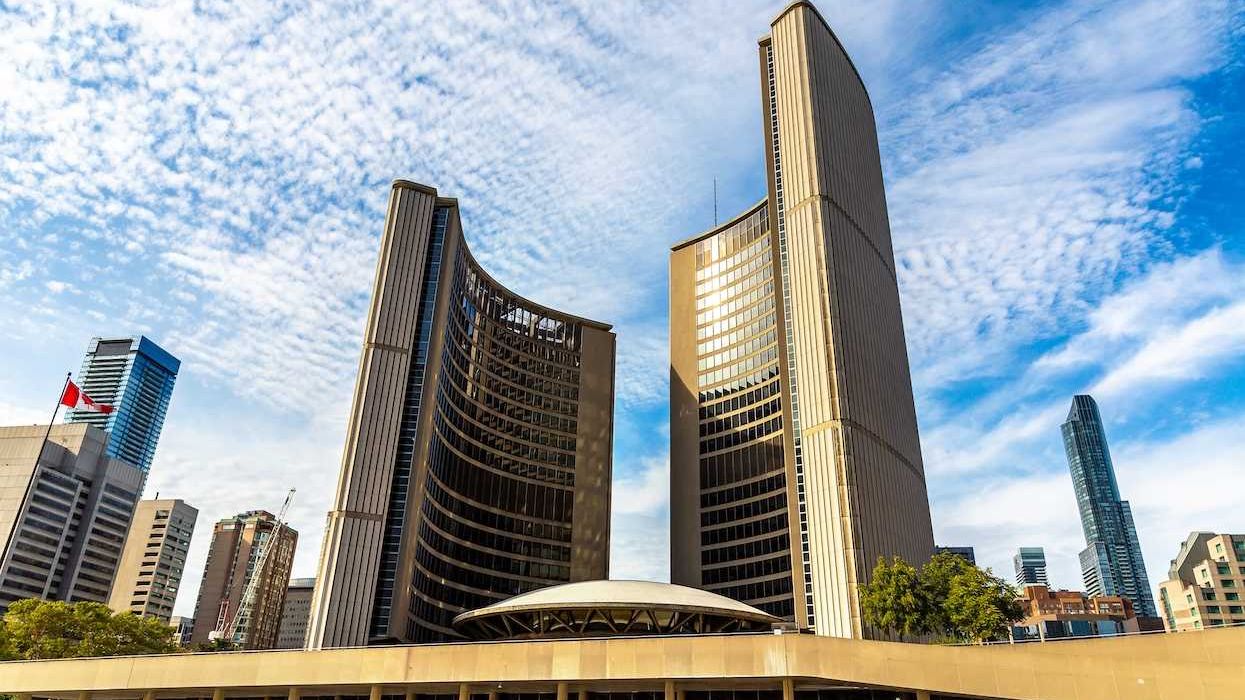
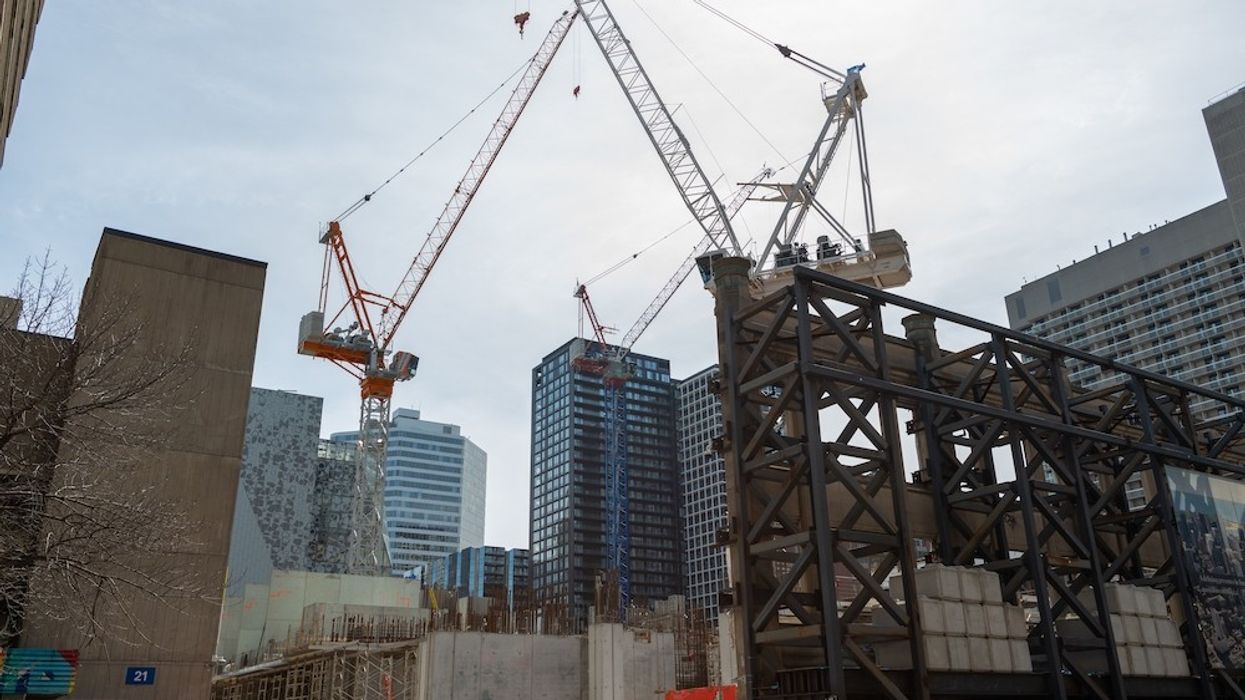
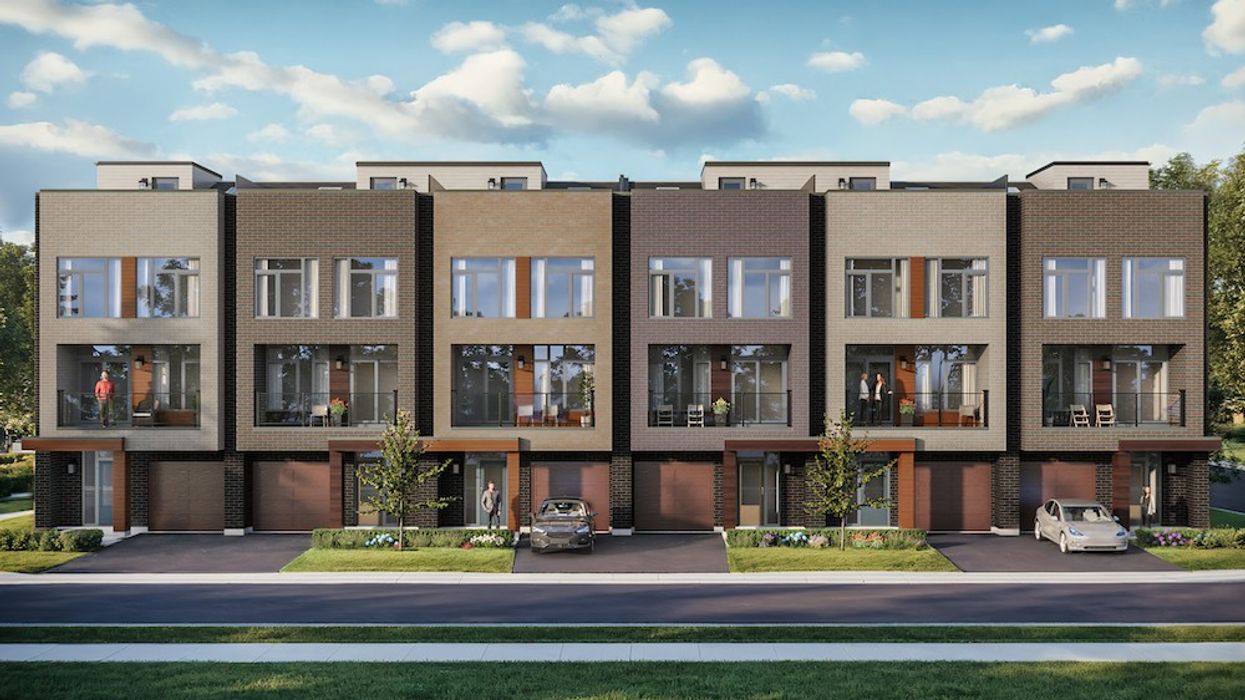
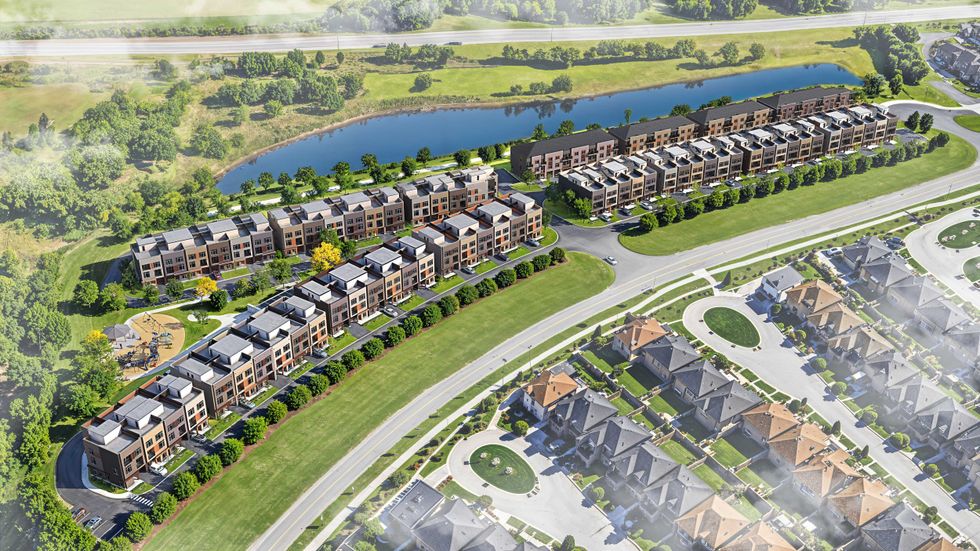 Camcos Living
Camcos Living Shutterstock
Shutterstock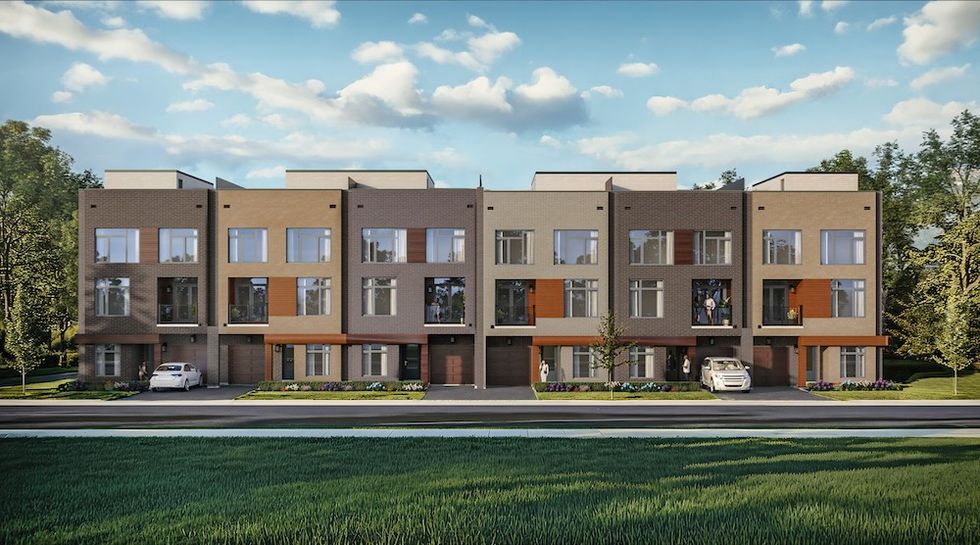 Little Rouge Block G/Camcos
Little Rouge Block G/Camcos Camcos Living
Camcos Living Camcos Living
Camcos Living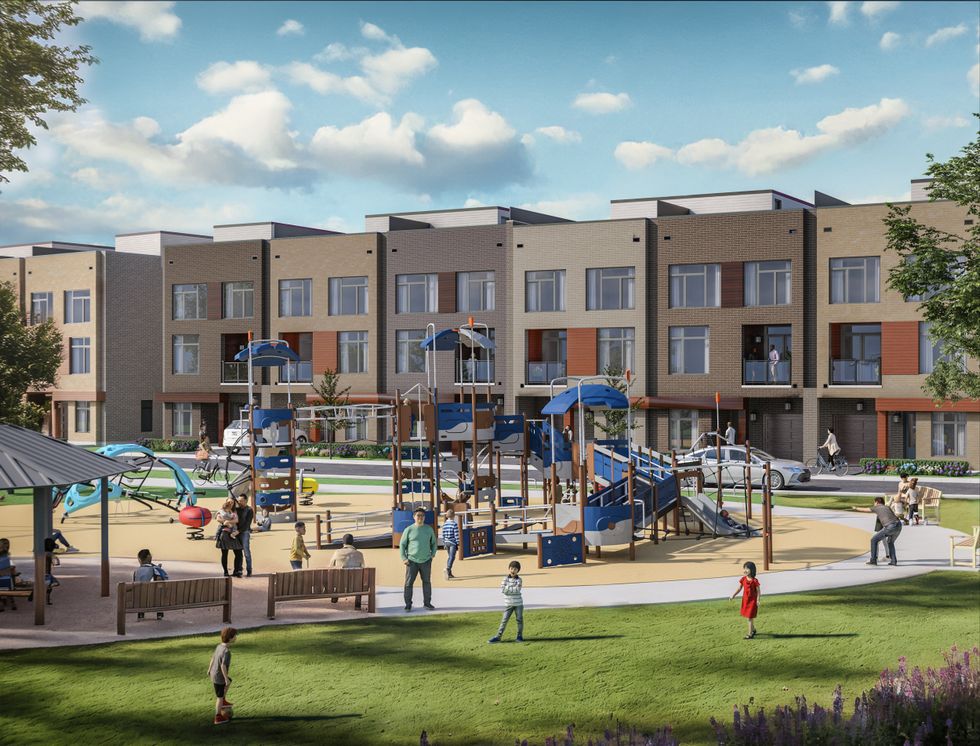 Camcos
Camcos